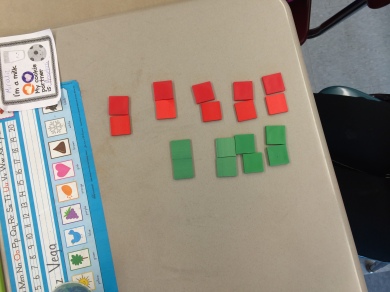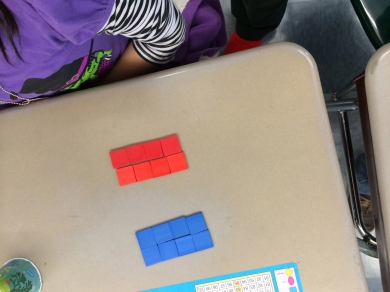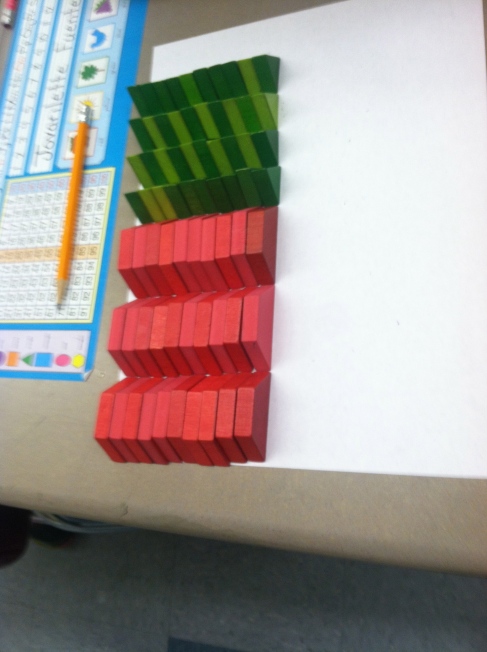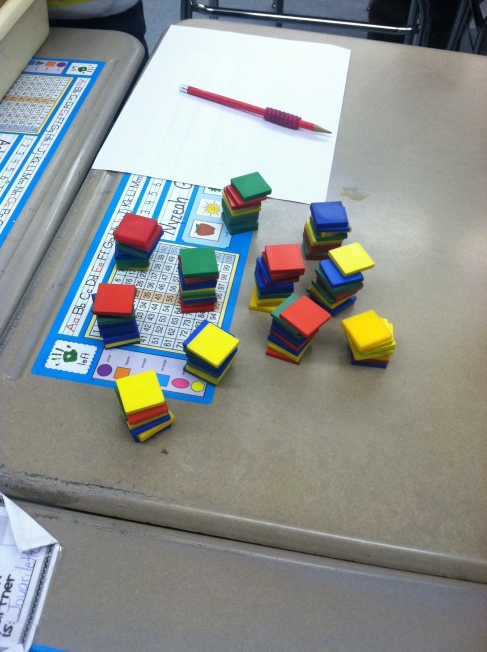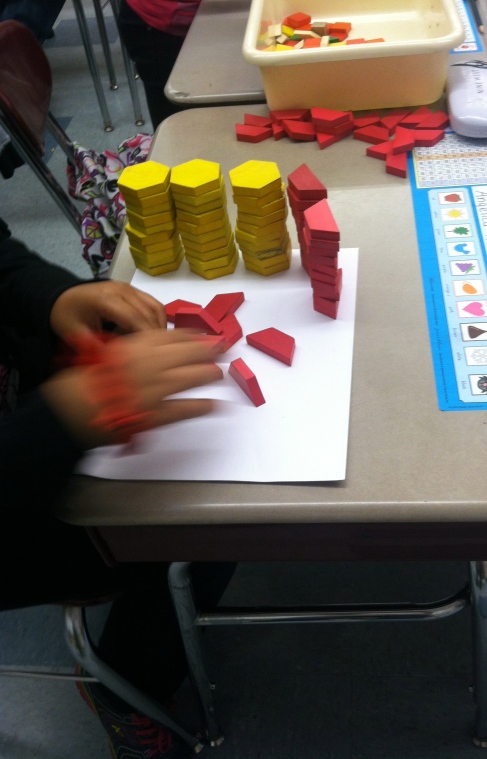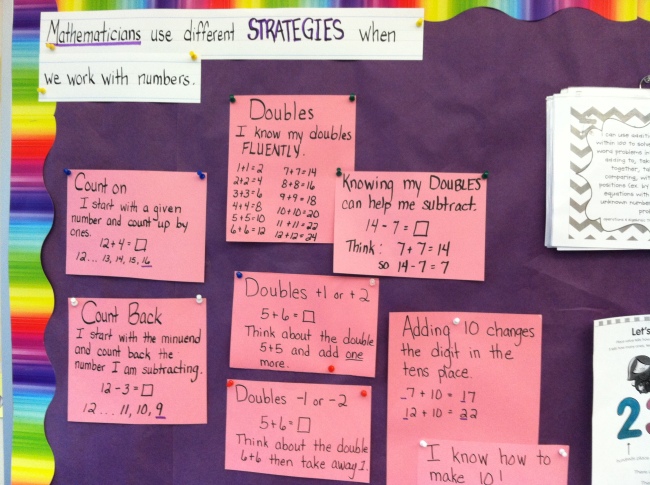This past year I’ve been thinking a lot about Math and how students learn about numbers. Our district Math coach has been really pushing us to check for understanding by giving students lots of tasks that require them to use what they know about numbers in new ways. And, of course, every step along the way we ask the question “How do you know?” In the past, when thinking about teaching the difference between odd and even numbers, I think I would have looked at it as a memorization task. Even numbers are the multiples of 2; odd numbers are the other ones. Easy. But our latest Math Module keeps asking that how do you know question so I needed to change my thinking.
Here’s how we started. I read the book Missing Mittens by everyone’s favorite mathematical storyteller Stuart J Murphy. It’s a simple story, really intended for younger students than my second graders, but it made for a quick and fun read. It also helped solidify the concept of pairs, which is an important vocabulary word for the unit. (And, one star student connected it to the work we’ve been doing on homophones – pair and pear – gotta love it. We talked about the multiple meanings of the words odd and even later.)
The book nicely illustrates each number of mittens in a box labeled odd or even. So, after reading the book, we looked at the day’s objective: We will be able to show an even number with tiles and tell how we know the number is even. All the students got a cup of tiles and took out an even number. They worked with a partner to arrange the tiles in a way that showed the number was even. A few teams needed a quick prompt of “But, how do I know this is an even number?” but everyone quickly arranged the tiles.
When we were sharing arrangements, I wrote down the language they used to prove their collections showed an even number and posted the sentences on our Math board. I’m trying to get better at offering these language supports that we can refer to throughout the unit to help students talk and write about their thinking. It’s not natural yet for me or for them, but we’re all getting better. I went back to the sentence strips later to highlight the vocabulary for the unit and now I’ll add these pictures of how they showed their work so my ELLs have the visual support they need.
The next day, our goal was to find some rules about adding and subtracting odd and even numbers. We tested each one to determine the rules. The kids had a blast making predictions, letting out big groans when their predictions were disconfirmed, giving high fives when they were proven right.
These two days are leading us into work with arrays to show repeated addition and help prepare them for multiplication work (which most of them will do in 3rd grade). Now that I have done all the work of thinking about the real understanding students have to have about numbers, I think this unit on arrays will go a lot more smoothly and be a lot more productive. My students are beginning to really understand numbers in a way that will allow them to be flexible in their thinking rather than follow meaningless rules.
I can’t wait to dive in on Monday.

